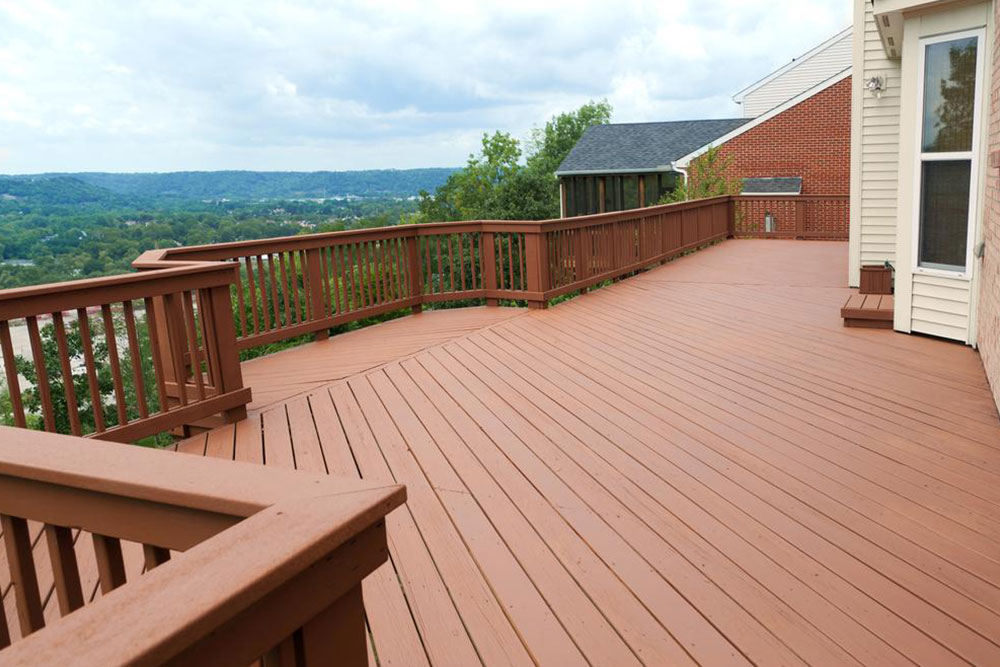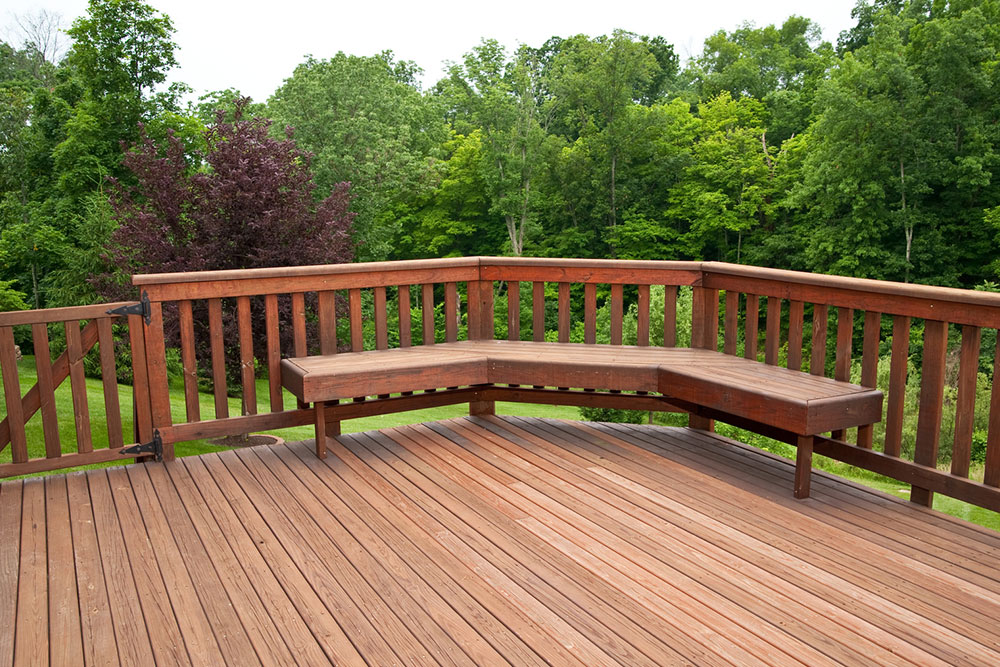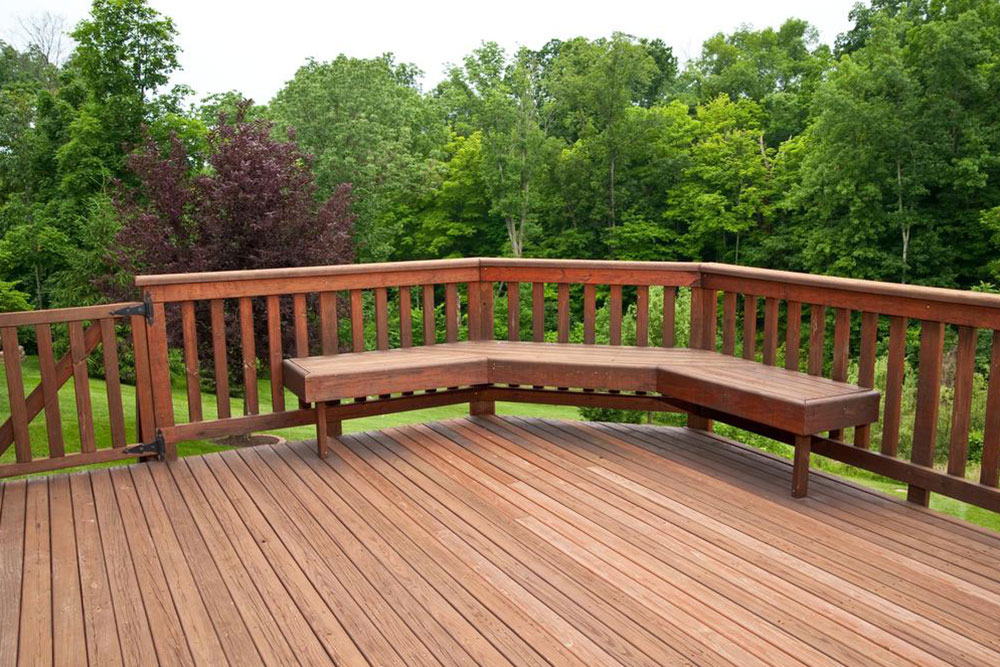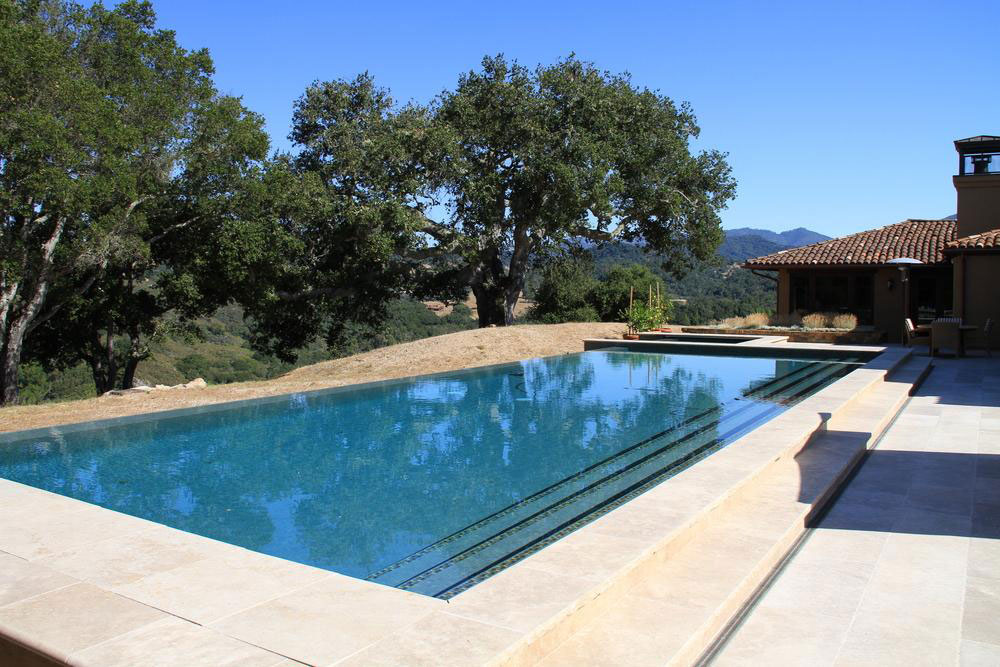Advantages and Disadvantages of Composite Decking
Discover the key advantages and drawbacks of composite decking, a popular eco-friendly outdoor flooring option. Learn about its durability, maintenance benefits, costs, and potential limitations to help you make informed renovation decisions.

Advantages and Disadvantages of Composite Decking
Made from recycled wood and plastic materials, composite decking is an eco-friendly choice for outdoor spaces. If you prefer professional installation, companies like Trex offer reliable services. These decks come in various wood-like colors, and providers often charge reasonable fees for installation.
Benefits
Composite decks, such as those from Trex, boast several advantages: they require less upkeep than traditional wood decks, are environmentally friendly due to their recycled content, and are highly durable, resisting rot and decay.
Notably, much of the plastic in composite decking is sourced from used shopping bags, avoiding virgin wood materials. Additionally, they are low-maintenance, easy to clean, and mold-resistant.
Drawbacks
Despite its benefits, composite decking has some limitations. It tends to be more expensive, costing around $2.50 to $3.50 per linear foot. While resistant to rot, it can still incur damage over time, especially from storms or debris. Damaged planks require full replacement, as refinishing options are limited. Over time, composite materials may fade, though manufacturers like Trex have developed solutions to mitigate this issue.
If you seek an aesthetically pleasing, low-maintenance outdoor flooring option and are willing to invest financially, composite decking is an excellent choice.










